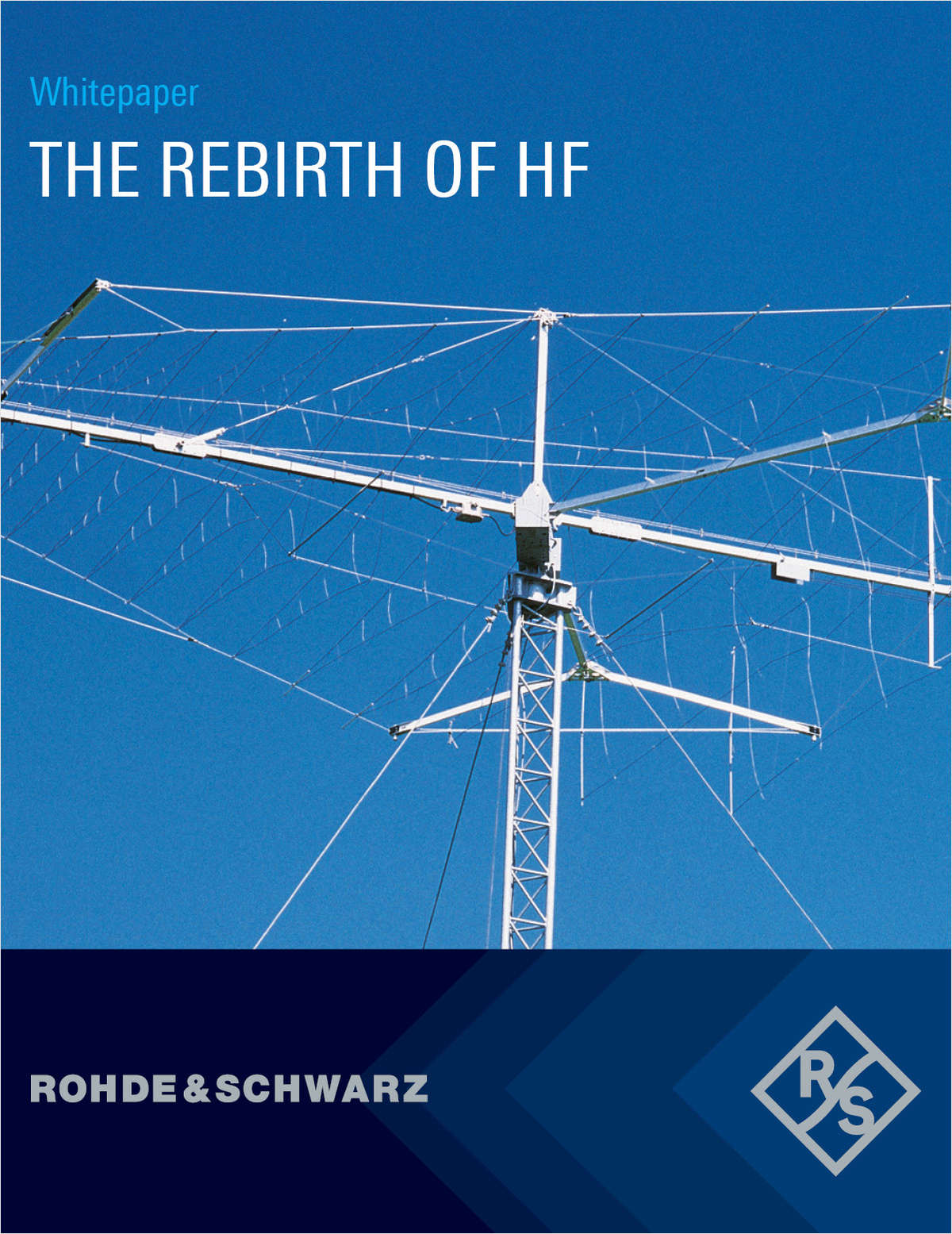Request Your Free White Paper Now:
"The Rebirth of HF"
The need for reliable global communications has ushered the rebirth of HF. Ignited by modern innovations in the digital world, learn about the basics of propagation and viable HF applications.
HF stands for "high frequency" and is usually used to refer to signals with frequencies in the range of 3 MHz to 30 MHz, although in many cases the practical definition of HF has been extended to frequencies as low as 1.5 MHz. In the context of broadcasting, HF is also sometimes referred to as "shortwave". These HF frequencies correspond to wavelengths in the range of approximately 10 to 100 meters. Given that modern homes contain Wi-Fi access points operating in the gigahertz range and that some 5G deployments are taking place in so-called millimeter-wave bands, the names "high" frequency and "shortwave" may seem a bit misplaced but it is worth noting that the first experiments in long-distance radio communication by Marconi around the year 1900 used even lower frequency signals.
One of the best-known applications of HF is worldwide or global communications. Both government and commercial broadcasters can reach listeners worldwide using HF frequencies. This global reach is also extremely useful in many government and military applications and HF is used extensively by amateur radio operators around the world.
This paper will begin with an exploration of the unique properties of HF that enable global communications. Advances in HF communications technologies are discussed as well as the vulnerabilities and weaknesses of satellite communications. Given the need for reliable communications with a global reach, the case for the rebirth of HF can be understood.
Offered Free by: Rohde & Schwarz
See All Resources from: Rohde & Schwarz








